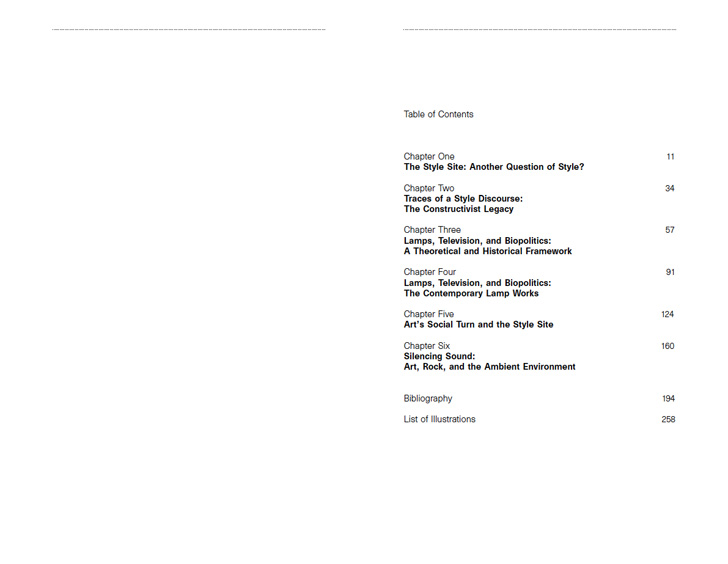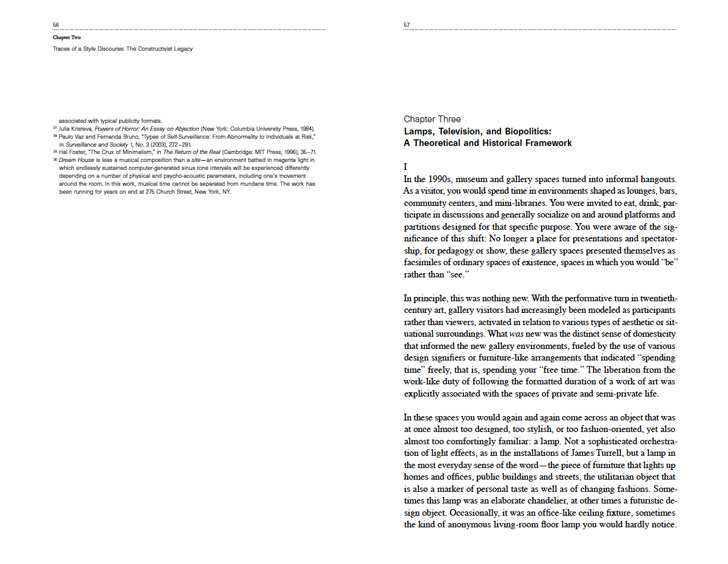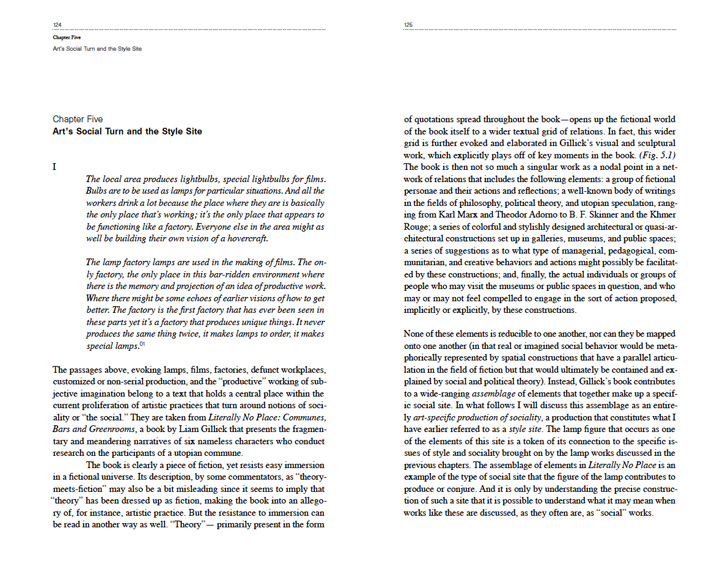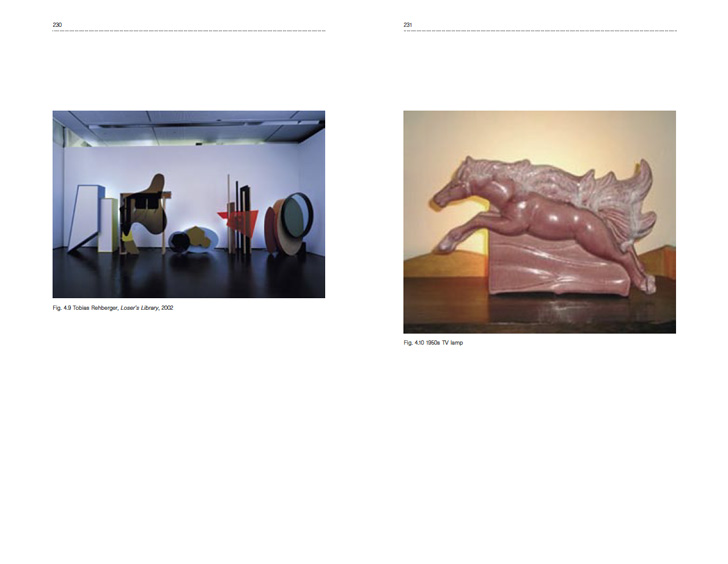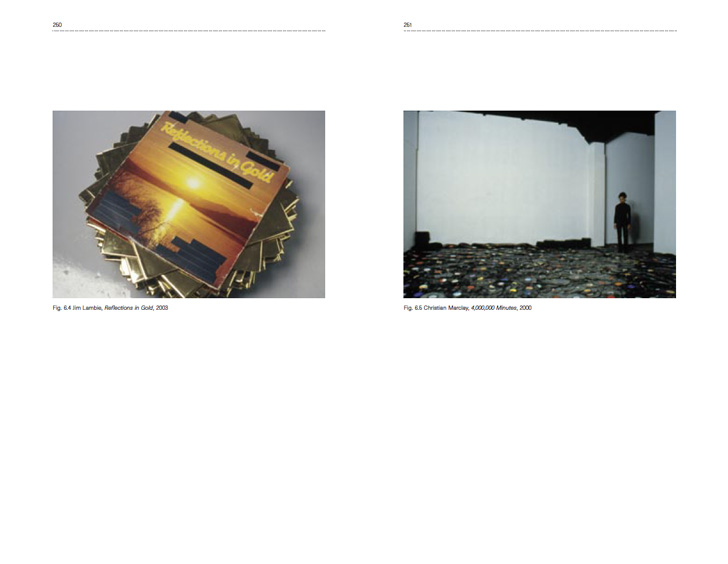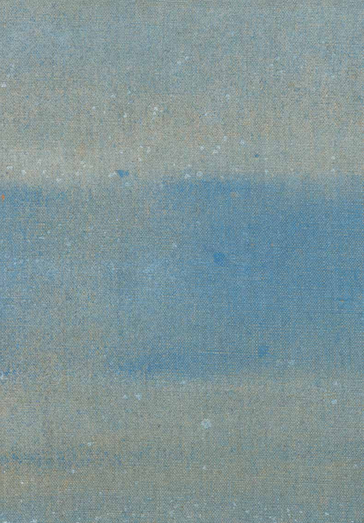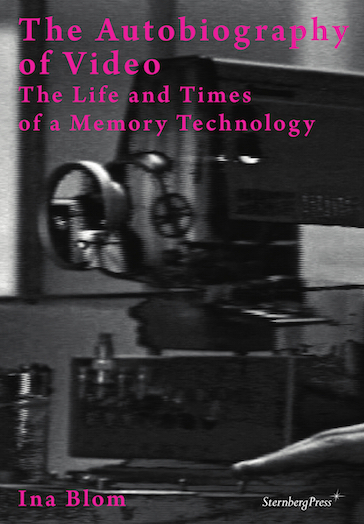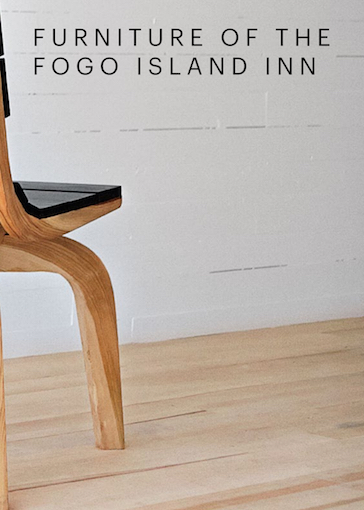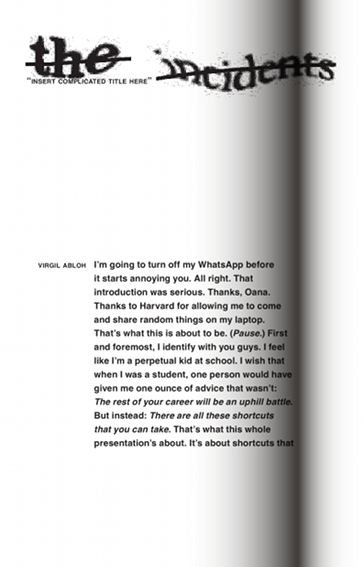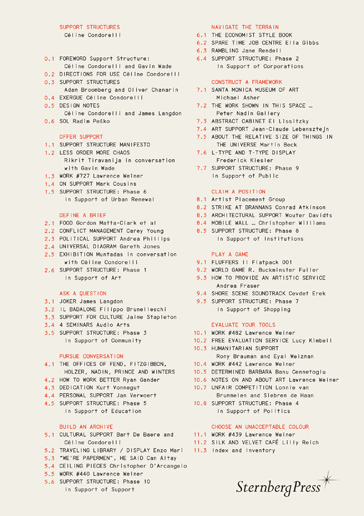Your cart is currently empty.
Cart
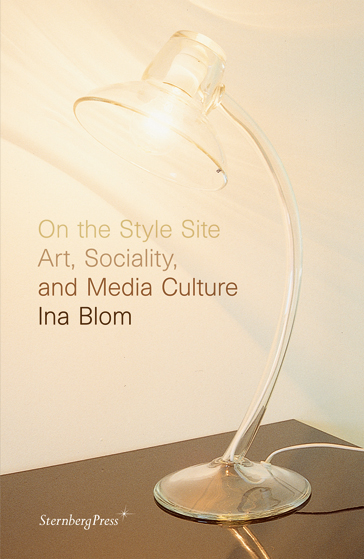
On the Style Site
Art, Sociality, and Media Culture
This book takes its cue from a simple observation. During the last thirty years or so, the term style has all but disappeared from art critical or art historical terminology. For new art history it was an increasingly problematic term, associated with the taxonomist and historicist concerns of “old” art history, not to speak of its fixation on the figure of the great artist. For contemporary art criticism the term seemed simply irrelevant: Faced with artistic activities that challenged traditional ideas of the work of art and its relation to aesthetics itself, new critical paradigms had to be invented. As interventions in social reality, an art of actions and events, replaced preoccupations with visual style and shape, the politics of social sites replaced the language of forms.
But while style has all but disappeared from art historical and art critical discourse, artistic practice since the 1960’s onwards has seemed increasingly focused on the stylistics of the life-environment, the way in which everyday life itself is formed, designed or stylized. This development calls for a new reading of the relationship between art and the question of style, one that approaches the question of style itself not just as an art historical “tool” or method of explanation but as a social site in which relations between appearance, recognition and social identity is negotiated. The question or crisis of the contemporary style site is related to the significance of stylistic issues in contemporary politics and economics that capitalizes on life itself and that is perhaps best understood through its particular production of subjectivity. The works discussed in this book treat style as precisely such a site, and should therefore be discussed in extension of what is generally known as “site specific practices” in art. However, the style site works radically change the notion of the politics of this type of art, and may in the end also contribute to open the question of the life-art practices of the avant-garde to new interpretations.
Ina Blom is an Associate Professor at the Department of Philosophy, Classics, History of Art and Ideas at the University of Oslo. She has written extensively on modern and contemporary art and is also active as an art critic.
